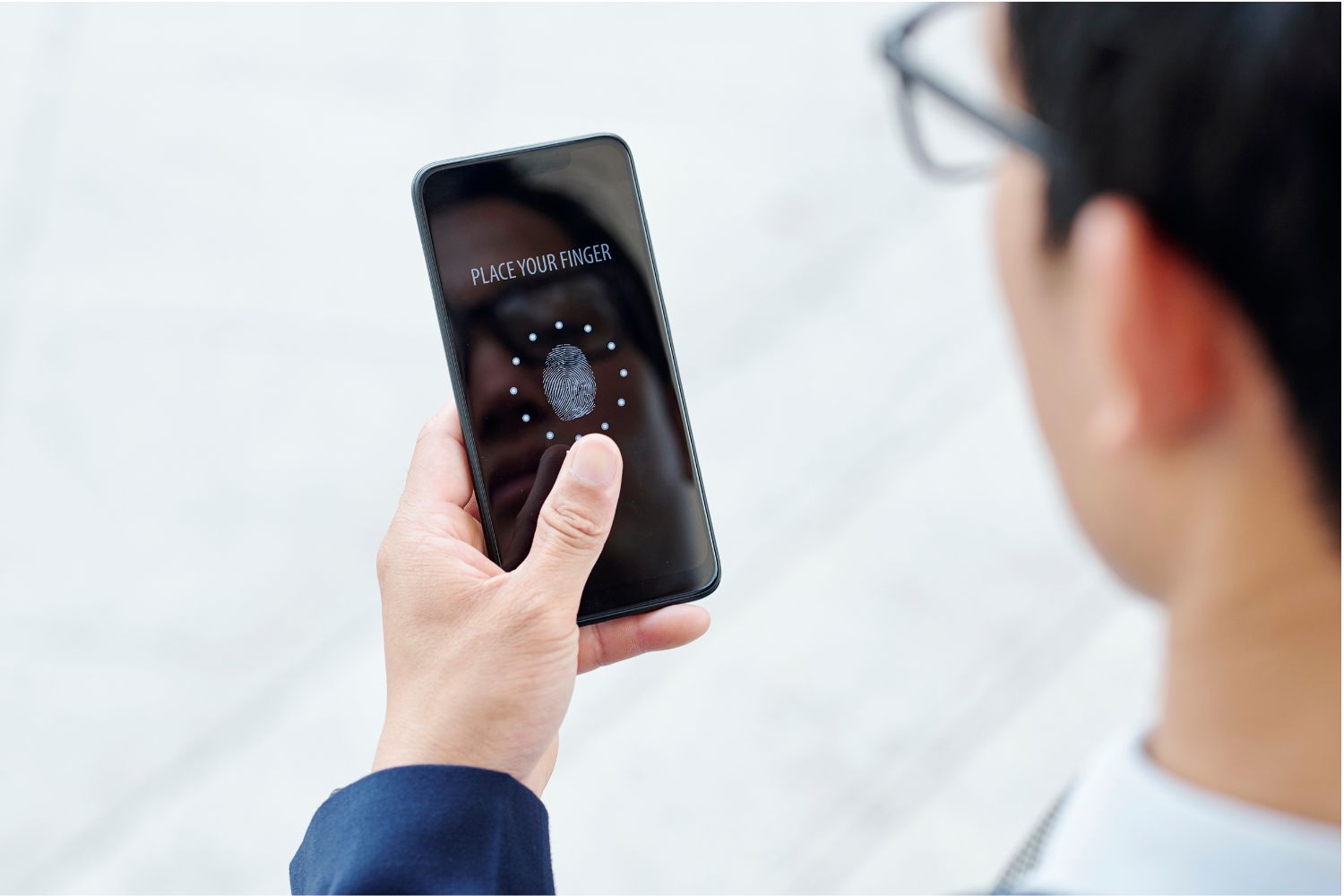
In today's digital landscape, cybersecurity is more critical than ever. With cyber threats evolving alarmingly, organizations and individuals constantly seek ways to fortify their defenses. Multi-factor authentication (MFA) is a frontline defense mechanism against unauthorized access.
However, as attackers become more sophisticated, a new threat has emerged— MFA fatigue attacks. In this article, we delve into the intricacies of MFA fatigue attacks, exploring what they are, how they work, why they're so prevalent, real-world examples, and, most importantly, how to defend against them.

Fatigue is a phenomenon recognized across various domains, from physical exertion to decision-making. In cybersecurity, fatigue refers to a state of weariness or vulnerability that arises when individuals or systems are subjected to prolonged stress or repetitive tasks.
MFA fatigue attacks capitalize on this vulnerability, exploiting weaknesses in the authentication process to gain unauthorized access.
Multi-factor authentication (MFA) is a security process that requires users to provide two or more forms of identification before accessing an account or system. These factors typically include something the user knows (such as a password), something they have (like a security token), or something they are (biometric data).
MFA fatigue attacks are a cyber threat wherein attackers overwhelm users with a barrage of MFA requests, leading to fatigue and ultimately bypassing the authentication process. By bombarding users with numerous authentication prompts quickly, attackers exploit the human tendency to become desensitized to repeated stimuli, thereby increasing the likelihood of compliance with fraudulent requests.

MFA fatigue attacks typically unfold in several stages:
MFA spamming, also known as MFA bombing, is a cyberattack method targeting multi-factor authentication (MFA) systems. In an MFA bombing attack, threat actors flood users with a high volume of MFA push notifications or requests quickly, overwhelming them and exploiting their likelihood to accept an MFA prompt without scrutiny.
This attack method capitalizes on the trust users place in MFA applications and their acceptance of push notifications as legitimate authentication requests. MFA bombing poses a significant threat to cybersecurity as it can lead to unauthorized access to accounts and sensitive data if users inadvertently approve fraudulent authentication requests.

MFA fatigue attacks exploit inherent weaknesses in human cognition and behavior. Despite being aware of security best practices, users may inadvertently lower their guard or overlook suspicious activity when subjected to prolonged stress or repetitive tasks.
Additionally, the proliferation of MFA across various platforms has normalized authentication prompts, making it easier for attackers to disguise fraudulent requests amidst legitimate ones.
The shift towards remote work and the widespread adoption of cloud-based services have expanded the attack surface, providing attackers with a broader range of targets and vectors to exploit. Moreover, the ubiquity of smartphones and push notifications has facilitated MFA fatigue attacks, as users are constantly bombarded with alerts and notifications throughout the day.

One notable example of an MFA fatigue attack occurred in September 2022 when several Uber users reported unauthorized access to their accounts. Attackers exploited a vulnerability in Uber's authentication process to bombard users with push notifications in quick succession, overwhelming them and gaining unauthorized access. This incident underscored the efficacy of MFA fatigue attacks and highlighted the need for enhanced security measures.
Preventing MFA fatigue attacks requires a multi-pronged approach that addresses both technical and human factors. Some effective strategies include:

In addition to preventive measures, organizations can adopt proactive defense strategies to bolster their resilience against MFA fatigue attacks:

MFA fatigue attacks represent a significant and evolving threat to cybersecurity, exploiting vulnerabilities in both technology and human behavior. By understanding the mechanisms underlying these attacks and implementing proactive defense strategies, organizations can mitigate the risk of unauthorized access and safeguard sensitive data.
Ultimately, combating MFA fatigue requires a holistic approach that addresses technical vulnerabilities, human factors, and the evolving threat landscape.

Protect your business from phishing attacks and hacker threats lurking on the dark web. Contact Sage today at 877.848.3009 or email us at info@sagenetcom.com to safeguard your organization against lapsus and other cyber threats.
Don't wait until it's too late – secure your company's future with Sage's expert cybersecurity solutions.

An MFA prompt plays a crucial role in preventing MFA fatigue attacks by adding an additional layer of security beyond the traditional username and password. It requires the user to verify their identity through a secondary method, such as a code sent via text message or generated by an authenticator app.
This extra step helps thwart attackers attempting to gain unauthorized access to accounts through tactics like MFA bombing or social engineering.
To effectively prevent MFA fatigue attacks, organizations must implement robust security measures and educate their users about potential threats. This includes employing techniques such as adaptive authentication, which adjusts security levels based on contextual factors, and continuous monitoring to detect and respond to suspicious activity promptly.
Additionally, organizations should conduct regular security awareness training to educate users about the dangers of social engineering and the importance of adhering to best practices for authentication.
An MFA notification serves as an alert to the user that an authentication request is being made on their behalf. This notification typically includes details about the request, such as the time, location, and type of access being requested.
By requiring the user to approve or deny the request, MFA notifications help prevent unauthorized access by ensuring that the user is aware of and can verify the legitimacy of the authentication attempt.
Users can recognize and respond to MFA attacks by remaining vigilant and following best practices for online security. This includes verifying the legitimacy of authentication requests before approving them, being cautious of unsolicited messages or prompts, and avoiding clicking on suspicious links or providing personal information to unknown parties.
Additionally, users should report any suspicious activity to their organization's security team and consider enabling additional security measures, such as security keys or biometric authentication, for added protection.
Threat actors employ various tactics to bypass MFA and gain unauthorized access to accounts. These may include MFA bombing, where attackers flood users with a high volume of authentication requests to induce fatigue and increase the likelihood of compliance.
Additionally, threat actors may leverage social engineering techniques to manipulate users into divulging sensitive information or approving fraudulent authentication requests. By understanding these tactics and remaining vigilant, users can better protect themselves against MFA attacks.
Requiring the user's active participation in the authentication process adds a layer of security by ensuring that only authorized individuals can access sensitive accounts or information. This active involvement helps mitigate the risk of automated attacks, such as spamming or brute force attempts, by requiring human intervention to approve authentication requests.
By actively engaging users in the sign-in process, organizations can reduce the likelihood of successful MFA attacks and enhance overall security posture.